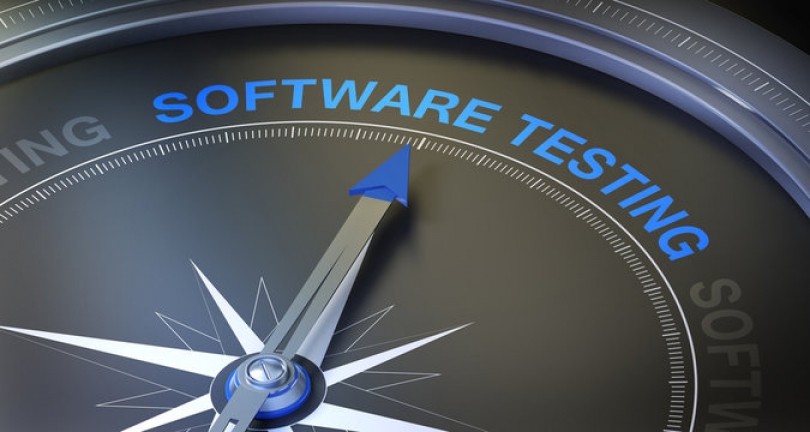Unveiling the Choice in Testing Career Path
In the world of software development, quality assurance holds the key to delivering flawless products. Testing, an integral part of the development process, has two primary approaches: manual testing and automation testing. Aspiring testers often find themselves at a crossroads, pondering which path to embark upon. In this blog post, we’ll explore the differences between manual and automation testing, delving into their respective pros, cons, and the impact on a tester’s career.
Manual Testing: Precision in Human Hands
Manual testing, the traditional approach, involves human testers executing test cases manually without the aid of automation tools. This method places testers in the user’s shoes, exploring the application as end-users would, and meticulously validating each functionality.
In manual testing, the human touch brings a unique advantage—exploratory testing. Testers can use their intuition, experience, and creativity to uncover unanticipated issues, providing an essential perspective that automated scripts might miss. Additionally, manual testing is ideal for early-stage projects or those with evolving requirements, where rapid changes can outpace automated scripts’ adaptability.
Automation Testing: Accelerating Precision
Automation testing, on the other hand, employs scripts and tools to execute test cases. Automation offers speed, repeatability, and the ability to handle complex scenarios efficiently. Once created, automated scripts can run tirelessly, freeing testers from performing repetitive tasks, thereby saving time and reducing the risk of human errors.
However, automation isn’t a panacea. Initial setup and script maintenance require time and expertise. Automation is best suited for stable projects with predictable functionalities, as changes can necessitate script adjustments. While automation excels in regression testing and load testing, human intuition is still vital for exploratory testing and uncovering user experience issues.
Skillset and Growth: The Manual Tester’s Evolution
For those starting in testing, manual testing offers an excellent foundation. Manual testers develop a deep understanding of the application’s intricacies and nuances. They master the art of crafting detailed test cases, meticulously documenting bugs, and collaborating with developers to ensure product quality.
As testers gain experience, they can transition into roles involving test case design, test planning, and quality strategy. Manual testers who evolve into quality analysts or test managers bring valuable insights into the testing process, having witnessed firsthand the challenges of the manual testing landscape.
The Automation Engineer’s Realm of Innovation
Automation testers wield programming languages and tools to craft robust scripts that simulate user interactions. These testers focus on building frameworks, enhancing test coverage, and ensuring stable automation suites.
Automation testers typically have a background in programming and scripting languages like Python, Java, or JavaScript. They’re skilled in setting up automation environments, integrating tools, and debugging complex issues that arise in automated testing.
Project Suitability: When to Opt for Manual Testing
Manual testing shines when projects are in their early stages or when the application’s functionalities are rapidly evolving. For projects with frequent changes or exploratory requirements, manual testers can adapt swiftly to dynamic situations, identifying risks and issues that automated scripts might overlook.
Additionally, manual testing is apt for user interface (UI) and user experience (UX) testing. The human eye can detect subtle design flaws, inconsistencies, and usability issues that might elude automated tools.
Automation’s Strengths: Tackling Repetition and Scale
Automation excels in scenarios demanding repetitive testing and large-scale test execution. Regression testing—ensuring that new changes haven’t broken existing functionalities—is a prime example. Automated scripts can be quickly rerun after each code change, efficiently catching regressions.
Load testing, which evaluates an application’s performance under various loads, is another domain where automation shines. Simulating a large number of users accessing the application simultaneously is challenging to achieve manually but can be effectively automated.
Efficiency vs. Depth: Manual Testing’s Nuanced Approach
Manual testing’s depth and precision make it essential for user-focused evaluations. Testers mimic user behavior, thoroughly exploring various pathways and workflows. They uncover user experience issues, usability concerns, and functional bugs that directly impact end-users.
This nuanced approach ensures that the application meets user expectations and provides a seamless experience. As applications become increasingly user-centric, manual testing’s attention to detail remains indispensable.
Versatility and Adaptability: The Manual Tester’s Arsenal
Manual testers possess a versatile skillset that extends beyond scripted scenarios. They’re equipped to identify non-obvious issues, replicate unpredictable user actions, and adapt to unanticipated changes. This adaptability positions them as strategic assets in scenarios requiring rapid response and creative problem-solving.
The Pursuit of Balance: When Both Worlds Converge
In the testing landscape, manual and automation testing aren’t mutually exclusive. Rather, they complement each other, forming a powerful partnership. A hybrid approach—leveraging manual testing for exploratory evaluations and early-stage projects while employing automation for regression and load testing—offers a balanced strategy.
As testers, embracing both methodologies opens doors to diverse career paths. Testers who possess proficiency in both manual and automation testing become versatile assets, capable of navigating a range of project requirements.
Conclusion: Finding Harmony in Diverse Approaches
Manual vs. automation testing isn’t a question of superiority but a matter of context. Manual testing brings the human touch and adaptability to complex scenarios, while automation accelerates efficiency and accuracy in repetitive tasks. Aspiring testers and seasoned professionals alike can choose their path based on project demands, personal preferences, and growth aspirations.
In the ever-evolving realm of software development, testers who possess skills in both manual and automated testing emerge as champions, seamlessly weaving innovation and precision to create robust, user-centric products.





